Think about what goes into planning, ordering and fulfilling requirements for military Maintenance, Repair and Overhaul (MRO) of complex assets such as fighter planes, tanks, ships and missiles. Having access to timely and accurate data – within a unified supply chain – is key to effective command-and-control of military MRO operations.
Where’s My Stuff, and Are Reports and Locations Accurate?
In today’s data-driven landscape, however, maintaining and sustaining military assets is extremely complex. When equipment is damaged and needs repair, logistics personnel need to know: Where are my assets and units located? What is their status? Where can I find spares for aging aircraft that are still flying today? Are they suitable for use by warfighters? Will the equipment be delivered in time?

U.S. Air Force photo/Master Sgt. Scott Wagers
These questions reflect why the complexity of military MRO and supply chain management is unparalleled. Lacking transparency and accuracy in any part of the supply chain can lead to poor decisions and assets thatare unaccounted for – putting lives at risk.
However, knowing where your assets are, based on up-to-the-minute information, reduces risks and improves decision-making. Moreover, the continued demands on today’s forces require the use of standard military off-the-shelf (MOTS) technology that can be customized to meet emerging requirements. So, what causes problems and delays in knowing where “stuff” is at?
Information Saturation Is a Problem when Managing Military Logistics
Military logistics require an advanced tracking and logistics management system that can help manage information overload. Military officials need to make split-second decisions, and they need to know what assets and supplies are available immediately. Logistics personnel need access to the right information, at the right time, to cut through the clutter.
Data Is Outdated, and Interoperability Struggles to Connect Information
Information saturation often derives from the merging of stove-piped, independent systems that manage defense supply chains. Current systems, however, do not necessarily reflect those of the future. Budgets may change, and disconnects between the battlefield and commanders may exist.
The bridging of systems puts more information at the hands of decision makers, but the systems must have the capacity to refine and filter information to identify the most relevant, accurate information. Essentially, data needs to be synchronized to ensure systems share meaningful information – not just extraneous details that bog down decision-making.
GOLDesp MRO & Supply Puts the Right Information at Your Fingertips
An enterprise software solution like GOLDesp MRO & Supply addresses these challenges and more. Developed by Tapestry Solutions, a Boeing Company, the software suite puts critical information at the fingertips of military leaders and professionals around the globe – allowing for faster, better decisions when every second counts.
With its fully integrated supply and maintenance modules, GOLDeps gives organizations clear insight into the availability of their assets and inventory levels at any given time. Customers can  monitor the status of planned tasks and instantly see what tasks are coming due, those that are overdue and whether or not they are in range.
monitor the status of planned tasks and instantly see what tasks are coming due, those that are overdue and whether or not they are in range.
The maintenance manager can review the parts needed to complete the task, and in one simple workflow, reserve the material, and ensure it will be issued out to the work order. Users are able to review the complete history of any asset – and all transactions in between. With all this critical asset data available, the operations team can quickly determine whether or not the fleet is prepared to complete a mission.
GOLDesp still functions in combat zones without an internet connection, giving personnel access to detailed records during distributed operations. The system simply updates information in the GOLDesp central server once reconnected to an appropriate network.
Furthermore, managing all assets and supply chain processes under an all-encompassing MRO system like GOLDesp translates into faster response time, increased asset visibility, lower operational costs and an optimized supply chain. This will ensure our forces are mission-ready today, and reduce the uncertainty of future operations.
The appearance of U.S. Department of Defense (DoD) visual information
does not imply or constitute DoD endorsement.
Contact:
Janet Dayton
Tapestry Solutions Inc.
jdayton@tapestrysolutions.com
Watch videos to learn more about GOLDesp.
 consumers’ spending habits, behaviors and more.
consumers’ spending habits, behaviors and more.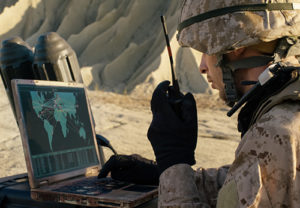

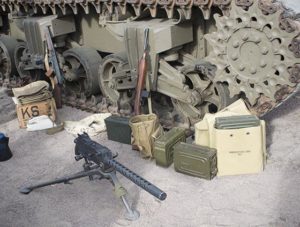 In one year alone, over 2.4 million pieces of equipment worth a total of $250 million had been given away to the Iraqi government, including tanks and trucks to office furniture and latrines. Unfortunately, many items were unaccounted for.
In one year alone, over 2.4 million pieces of equipment worth a total of $250 million had been given away to the Iraqi government, including tanks and trucks to office furniture and latrines. Unfortunately, many items were unaccounted for.
 The natural solution to this problem is automation; however, automation depends on solid IT structure. The best-laid plans for system data collection and automation will fall short if a network cannot realistically communicate with individual sensors and interfaces. All components of an IT network must function as one to provide a clear, crisp image of overall supply chain asset location, movements and planned deployments or shipments.
The natural solution to this problem is automation; however, automation depends on solid IT structure. The best-laid plans for system data collection and automation will fall short if a network cannot realistically communicate with individual sensors and interfaces. All components of an IT network must function as one to provide a clear, crisp image of overall supply chain asset location, movements and planned deployments or shipments. and resources in potentially hostile territories upon withdrawal from times of war, military forces need a way to gain accurate, real-time visibility and accountability into their logistics’ networks.
and resources in potentially hostile territories upon withdrawal from times of war, military forces need a way to gain accurate, real-time visibility and accountability into their logistics’ networks.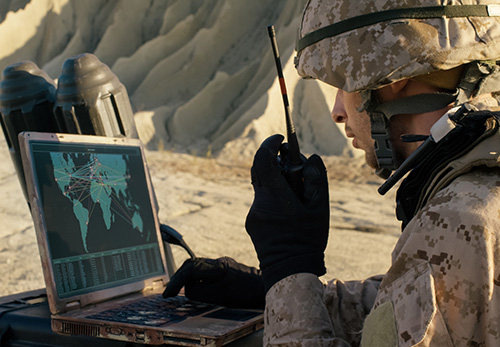
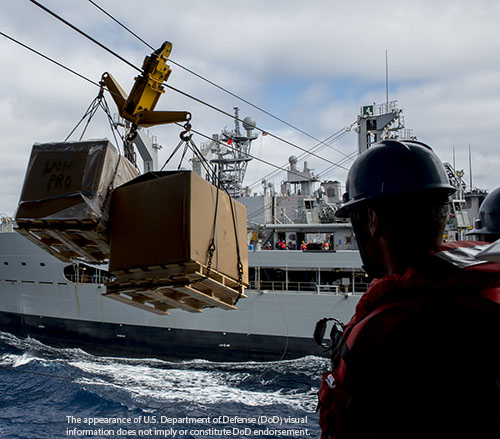
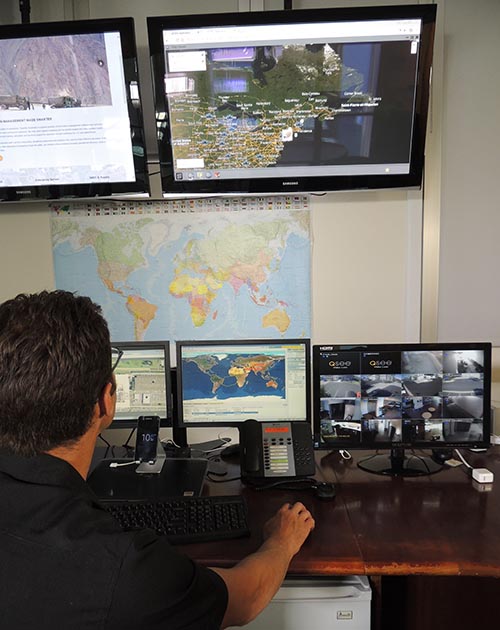 ESI ensures all IT systems are interoperable, enabling the military to leverage the full potential of the IoT. It ensures standardization across the enterprise, allowing asset management and tracking systems to talk to each other in the larger IoT ecosystem.
ESI ensures all IT systems are interoperable, enabling the military to leverage the full potential of the IoT. It ensures standardization across the enterprise, allowing asset management and tracking systems to talk to each other in the larger IoT ecosystem.
 repair and Performance Based Logistics (PBL) for complex assets in air, space, sea and ground environments.
repair and Performance Based Logistics (PBL) for complex assets in air, space, sea and ground environments.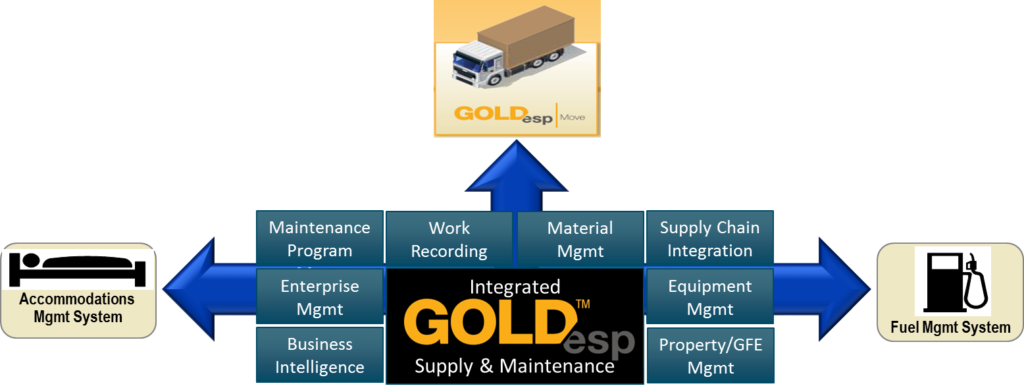

 part of this IoT sensor revolution,” added Jens Pohl, Vice President of Engineering, Tapestry Solutions.
part of this IoT sensor revolution,” added Jens Pohl, Vice President of Engineering, Tapestry Solutions.